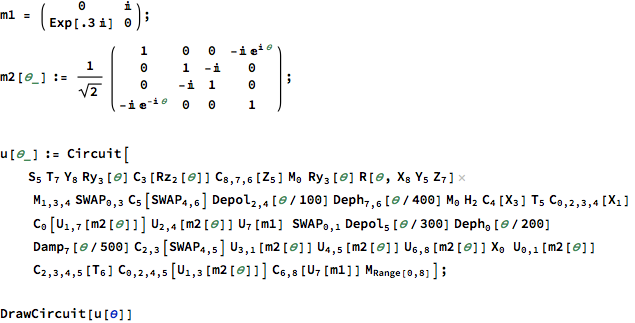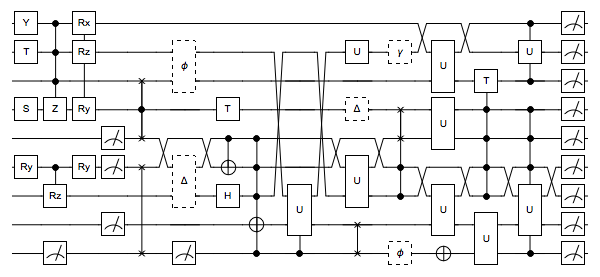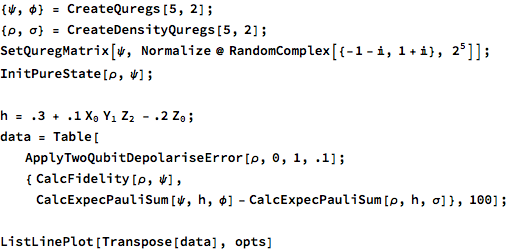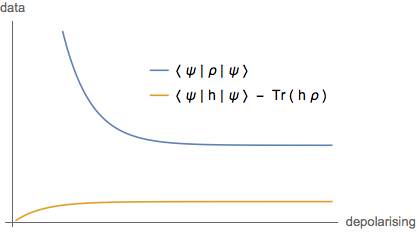

QuESTlink is an open-source Mathematica library, which integrates with the powerful QuEST framework for simulating quantum computers. QuESTlink uses a concise and expressive symbolic language for specifying circuits, and numerically simulates them in an efficient C & C++ backend, making use of multi-CPU and GPU acceleration. It requires no installation or setup, can be used right away in Mathematica, and can make use of remote hardware.

QuESTlink is still in an early stage of development, and is regularly updated on github.
MacOS users can obtain the latest version directly from within Mathematica, by running
Import["https://qtechtheory.org/QuESTlink.m"]
CreateDownloadedQuESTEnv[];

A demonstration of computing variational quantities, and simulating variational imaginary time evolution discovering the ground state of a 6-qubit molecular Hamiltonian.

A demonstration of suppressing errors in noisy quantum devices using Error Suppression by Derangement (ESD) circuits, and Virtual Distillation (VD).

A sophisticated demonstration of the experimental circuits involved in variational imaginary time evolution discovering the ground state of a 2-qubit hydrogen Hamiltonian.
QuESTlink supports a rich gate set, which can be applied to both state-vectors and density matrices, and visualised.


QuESTlink seamlessly integrates remote simulation of quantum states with Mathematica’s powerful analysis and visualisation tools.

